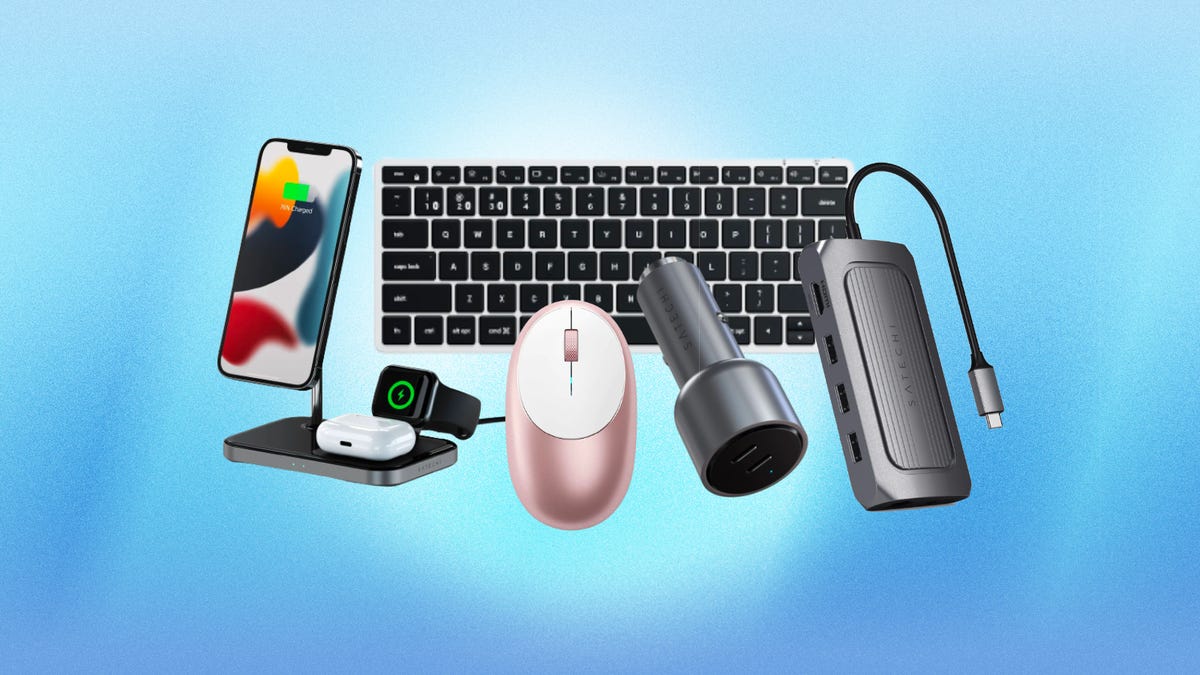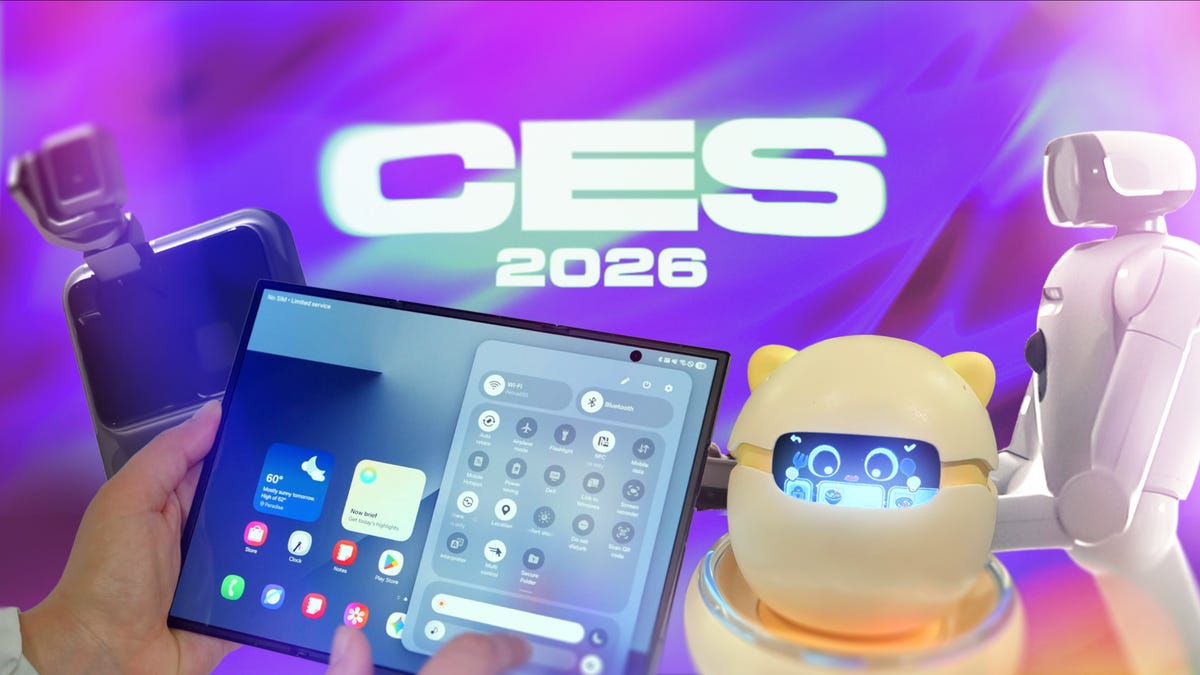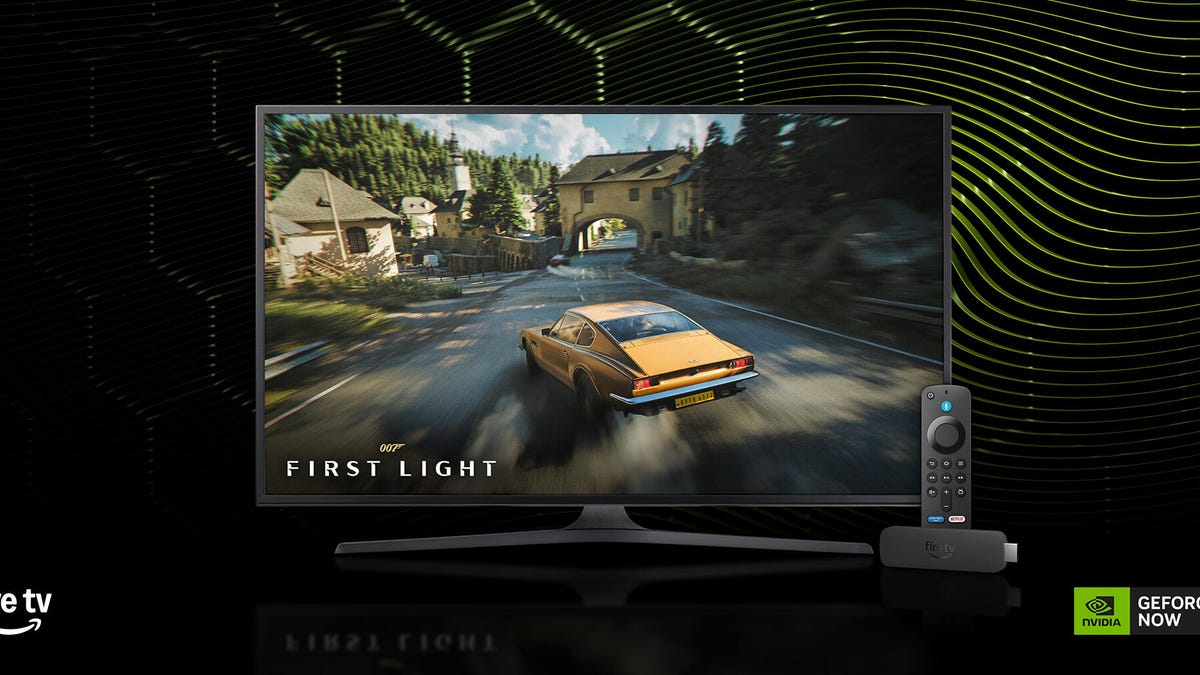Technologies
Satechi Coupon Codes Save You Up to 30% on Top-Rated Tech Accessories Sitewide
Snag a new charging station, mouse, keyboard, power bank and tons of other sleek peripherals for less now through June 14.

Satechi’s sleek and stylish phone and computer accessories are some of our favorites on the market right now. And while they typically come with a pretty high price tag, right now you’ve got a chance to snag some at a discount. Now through June 14, Satechi is offering 20% off any order of two items with the coupon code DG20, or 30% off any order of three or more items with the coupon code DG30. These codes can be used on nearly all items sitewide, with the exception of Thunderbolt products. You’ll also get free shipping on any order over $40.
There are tons of top-rated charging stations, USB hubs, stands, adapters and peripherals that you can pick up for less right now. If you’re tired of getting caught with a dead phone battery while you’re out and about, you can pick up this Quatro wireless power bank, which has a 10,000-mAh capacity and can charge up to three devices at a time. It lists for $100, but you can snag it for as low as $70 with these coupon code offers.
Advertiser Disclosure
Or, if you hate charging cables cluttering your nightstand, you can grab this sleek two-in one magnetic charging stand, which is designed for MagSafe iPhones and the AirPods Pro. It’s originally $60, but you can save up to $18 when you order it with two or more other items. And if you want a slim wireless mouse that’s easy to take on the go, you can save up to $9 on the Satechi M1, which drops the price down to $21.
There are tons of other accessories on sale, including charging cables, keyboards, car chargers and much more, so be sure to shop around before these deals are gone.
Technologies
We’ve Found the Coolest, Most Futuristic Tech at CES 2026. And It’s Only Day 1
We’ve just begun trawling for our favorite cutting-edge technology. But we’ve already found some neat stuff.

We have people all over the show floor — and beyond — at CES, looking for the most interesting, innovative and cutting-edge tech out there. A ton of useful new information is also available, which you can find on our CES 2026 live blog and in our CES hub, but that’s boring.
It’s only the first day, but we’ve already gawked at some of the CES staples, like robots, electronic toys, phones and more. I’ll be back here to top off our amazing finds regularly throughout the show.
Technologies
Nvidia’s Gaming Announcements at CES 2026 Are All About the Software
DLSS 4.5 brings dynamic multiframe generation to GeForce RTX 50-series cards and improved Super Resolution upscaling for the rest of us.

While the Nvidia keynote at CES 2026 on Monday afternoon brought the usual cavalcade of robots, autonomous driving models and massive commercial hardware for AI, its low-key gaming news didn’t get to join the party. Given there’s no new gaming hardware, it’s understandable. But Nvidia did launch version 4.5 of its DLSS upscaling and optimization technology, bringing dynamic multi-frame generation and an upgraded transformer model for its super-resolution upscaling that optimizes for high frame rate 4K gaming, notably the latest crop of 240Hz 4K displays. The company also introduced new capabilities for its RTX Remix modding platform and launched apps for Linux and Amazon Fire TV.
Don’t miss any of our unbiased tech content and lab-based reviews. Add CNET as a preferred Google source.
Nvidia’s multi-frame generation works within DLSS to extrapolate multiple frames from a single rendered frame, and in conjunction with the upscaling, to raise game frame rates and resolution. (Sadly, it works only on RTX 50 series cards.) In 4.5, it goes from generating up to four frames for each rendered frame to six frames for each, and it can dynamically target the refresh rate of your monitor to adjust the render-to-generated ratio on the fly to maintain consistent speed and latency.
The new model for Super Resolution has fewer temporal artifacts — less ghosting, improved antialiasing and better clarity — and works with any RTX graphics card. On the Blackwell cards, it helps with the multi-frame generation image quality as well.
G-Sync-capable monitors also potentially get a new feature, Ambient Adaptive Technology. (It requires a light sensor on the monitor, which is rare on desktop monitors but pretty common on general-purpose laptops.) As the name implies, it can automatically adjust color temperature and brightness based on environmental conditions.
In addition to AAT, Nvidia announced that the G-Sync Pulsar monitors it launched in September 2024 will soon be available. In case you’ve forgotten, Pulsar improves clarity on fast-moving games played on high refresh-rate monitors.
While the company’s RTX Remix platform for modding games with AI-generated assets isn’t for everyone, Nvidia’s added a new capability, Remix Logic, that sounds awfully cool. In essence, it lets a game make decisions about what assets to use — like specific weather or particle behavior — based on things happening within the game.
Technologies
Today’s NYT Mini Crossword Answers for Tuesday, Jan. 6
Here are the answers for The New York Times Mini Crossword for Jan. 6.

Looking for the most recent Mini Crossword answer? Click here for today’s Mini Crossword hints, as well as our daily answers and hints for The New York Times Wordle, Strands, Connections and Connections: Sports Edition puzzles.
Need some help with today’s Mini Crossword? The Across clues were tricky, but the Down clues helped me fill in the blanks. Read on for the answers. And if you could use some hints and guidance for daily solving, check out our Mini Crossword tips.
If you’re looking for today’s Wordle, Connections, Connections: Sports Edition and Strands answers, you can visit CNET’s NYT puzzle hints page.
Read more: Tips and Tricks for Solving The New York Times Mini Crossword
Let’s get to those Mini Crossword clues and answers.
Mini across clues and answers
1A clue: When pigs fly
Answer: NEVER
6A clue: Courtroom excuse
Answer: ALIBI
7A clue: «That’s a ___!» («Seems unlikely!»)
Answer: BIGIF
8A clue: Cash register compartment
Answer: TILL
9A clue: She, in French
Answer: ELLE
Mini down clues and answers
1D clue: Catch, as a crook
Answer: NAB
2D clue: Designation for prolific Yelp reviewers
Answer: ELITE
3D clue: Candlelight ___ (solemn observance)
Answer: VIGIL
4D clue: Online invoice
Answer: EBILL
5D clue: Piece of equipment in a Winter Olympics biathlon
Answer: RIFLE
Don’t miss any of our unbiased tech content and lab-based reviews. Add CNET as a preferred Google source.
-

 Technologies3 года ago
Technologies3 года agoTech Companies Need to Be Held Accountable for Security, Experts Say
-

 Technologies3 года ago
Technologies3 года agoBest Handheld Game Console in 2023
-

 Technologies3 года ago
Technologies3 года agoTighten Up Your VR Game With the Best Head Straps for Quest 2
-

 Technologies4 года ago
Technologies4 года agoBlack Friday 2021: The best deals on TVs, headphones, kitchenware, and more
-

 Technologies4 года ago
Technologies4 года agoVerum, Wickr and Threema: next generation secured messengers
-

 Technologies4 года ago
Technologies4 года agoGoogle to require vaccinations as Silicon Valley rethinks return-to-office policies
-

 Technologies4 года ago
Technologies4 года agoOlivia Harlan Dekker for Verum Messenger
-

 Technologies4 года ago
Technologies4 года agoiPhone 13 event: How to watch Apple’s big announcement tomorrow
